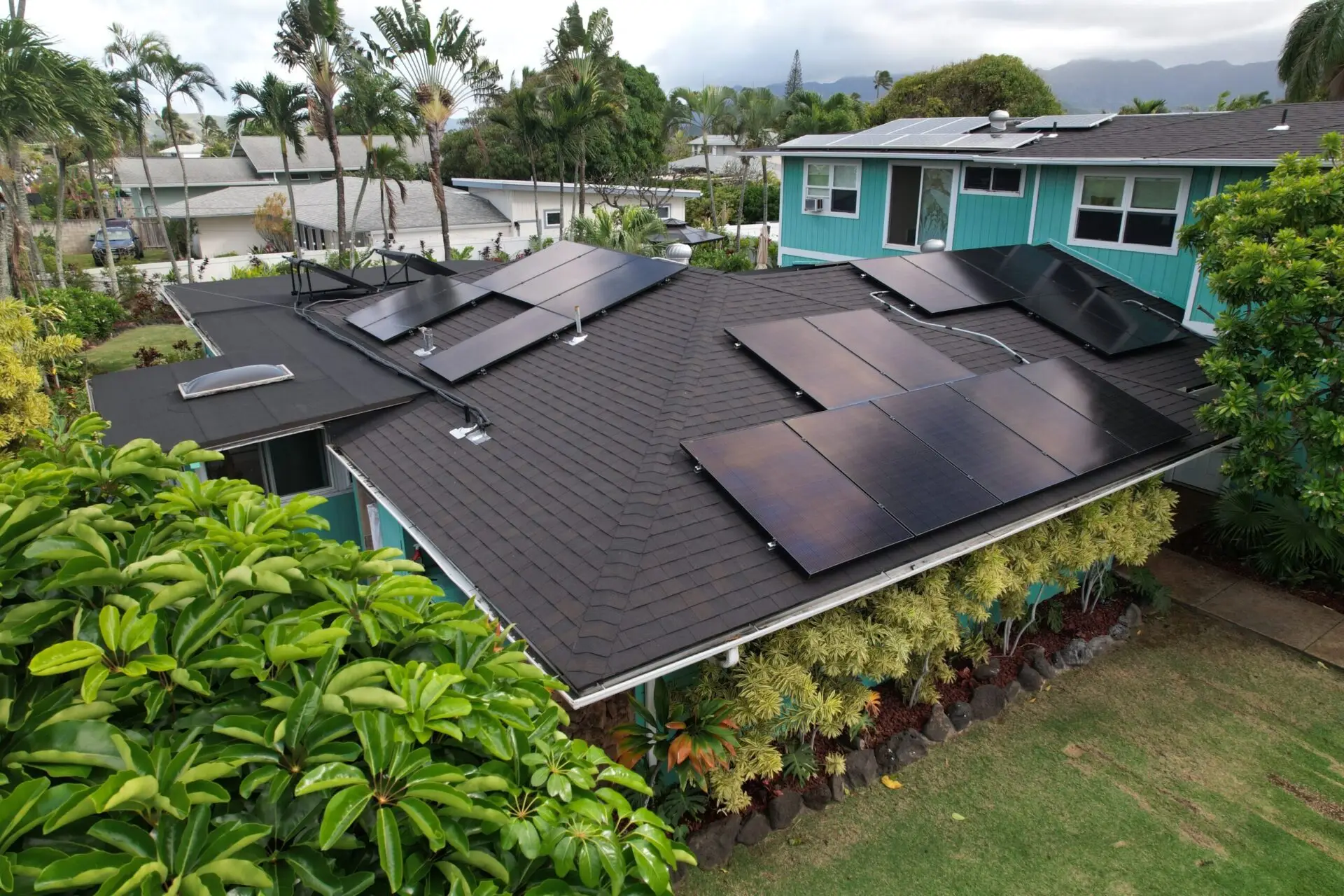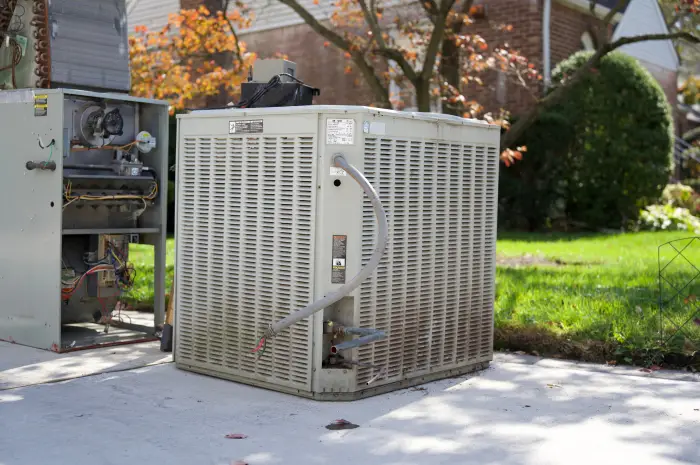How Solar Energy Reduces Long-Term Electricity Costs
Electricity costs continue to rise, and homeowners are looking for ways to reduce their energy bills and gain financial stability. One of the most effective ways to achieve this is by switching to solar power. While the initial investment in solar panels may seem significant, the long-term savings can be substantial.
Comparing energy bills over a 15-year period, this article breaks down the cost differences with and without solar, factoring in rising utility rates, system maintenance, and financial incentives. Homeowners who install solar today can expect to lock in energy savings, reduce reliance on the grid, and benefit from federal and state incentives. Here’s what the numbers show over time.
The Rising Cost of Electricity
Utility rates have steadily increased across the U.S. due to factors like fuel costs, infrastructure upgrades, and demand fluctuations. On average, electricity rates increase by 2.5% to 4% per year, depending on the region.
In high-cost energy states like California, New York, and Hawaii, rate hikes can be even steeper. Over 15 years, this compounds significantly, making solar a smart long-term investment.
Key electricity rate trends (national average):
- Current average cost per kWh: $0.16 (varies by state)
- Expected 15-year increase: 40%–70% (based on past trends)
- Higher utility bills for homes without solar
Without solar, homeowners remain vulnerable to rising energy costs, while those with solar can offset much of their usage and stabilize expenses.
Energy Cost Comparison: Solar vs. No Solar Over 15 Years
To illustrate the financial impact, let’s compare the energy expenses of a home using 1,000 kWh per month in a state with an average electricity rate of $0.16 per kWh.
Scenario 1: Home Without Solar
A home relying solely on the grid will see annual electricity costs rise each year due to rate increases.
Estimated Cumulative Cost Over 15 Years:
- Year 1: $1,920
- Year 5: $10,080
- Year 10: $22,560
- Year 15: $37,440+
Over 15 years, a typical homeowner may spend more than $37,000 on electricity, assuming moderate utility rate increases.
Scenario 2: Home With Solar
A homeowner who installs a solar system can significantly reduce energy costs. Here’s a general cost breakdown:
Year 1: Solar Installation Cost (Before Incentives)
- Typical home solar system size: 6–8 kW
- Estimated upfront cost: $15,000–$25,000
- Federal tax credit (30%): -$4,500 to -$7,500
- State & local incentives: Varies by location, potentially reducing costs further
- Net cost after incentives: $10,000–$18,000
Ongoing Energy Costs With Solar
Once solar is installed, homeowners experience:
- Lower utility bills – Solar offsets grid usage, reducing monthly expenses.
- Minimal maintenance costs – Most systems require little to no upkeep.
- Potential earnings from net metering – Selling excess power back to the grid.
Estimated Cumulative Cost Over 15 Years:
- Year 1: $360
- Year 5: $1,800
- Year 10: $3,600
- Year 15: $5,400
Over 15 years, a homeowner with solar may spend less than $6,000 on electricity, compared to $37,000+ for a home without solar. Even with the initial system cost, solar owners can save tens of thousands of dollars over time.
Additional Benefits of Going Solar
1. Protection Against Future Rate Hikes
Electricity prices are expected to keep rising. Solar locks in predictable energy costs, shielding homeowners from unpredictable rate increases.
2. Increased Home Value
Studies show that homes with solar sell faster and at higher prices than homes without. Solar is an investment that adds long-term value.
3. Tax Credits & Incentives
Homeowners who install solar qualify for the 30% federal tax credit, plus additional state and local incentives in areas like California, New York, Hawaii, North Carolina, and South Carolina.
4. Energy Independence
Solar reduces reliance on the power grid, providing greater energy security. When paired with battery storage, homeowners can have backup power during outages.
5. Lower Carbon Footprint
Solar is a clean energy source that reduces carbon emissions and environmental impact.
Is Solar Worth It Over 15 Years?
Over 15 years, the difference in energy costs with and without solar is significant. Homeowners without solar could spend more than $37,000 on electricity, while those with solar could reduce that cost to under $6,000, even after factoring in installation.
With rising utility rates, available tax credits, and energy savings, solar is one of the best long-term financial decisions for homeowners looking to control costs and increase home value.
For a personalized solar assessment and to learn more about available incentives, contact Attyx today.





